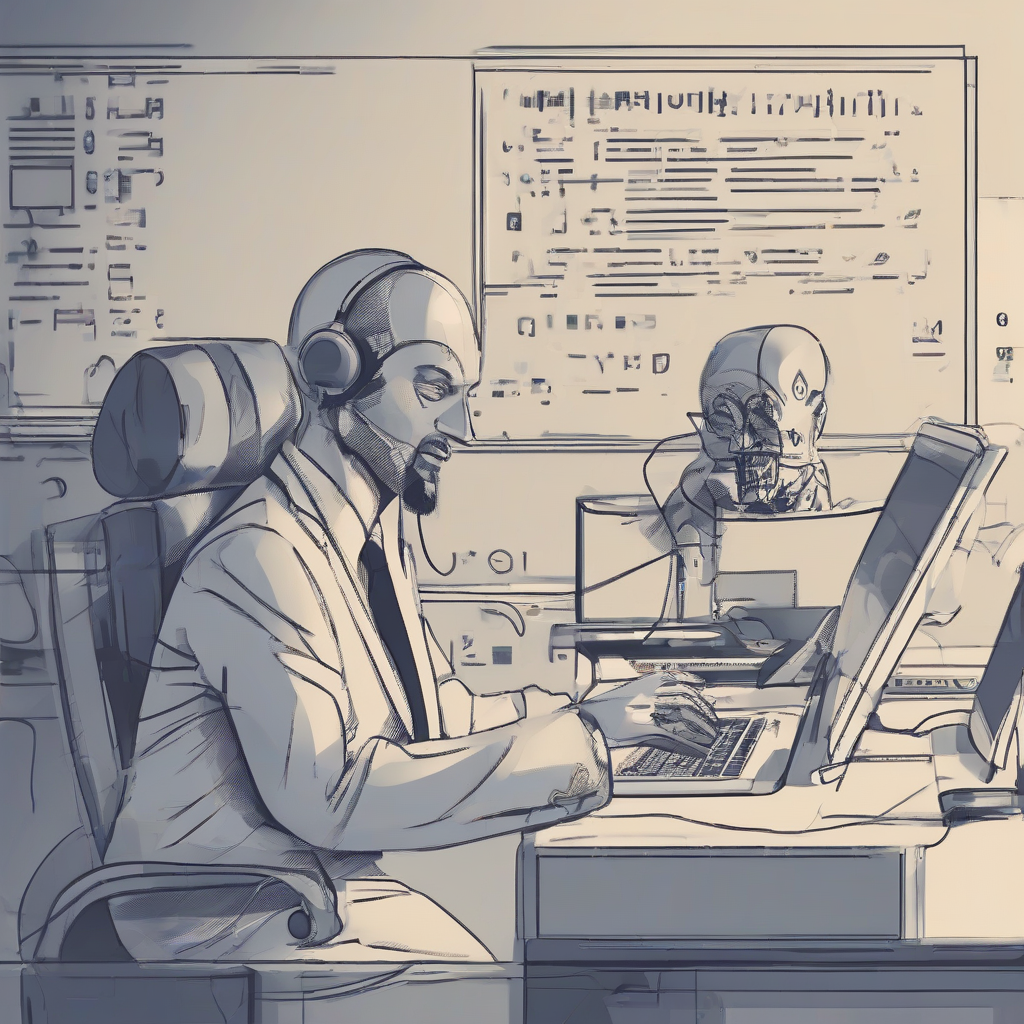Navigating the Complexities of Road Accident Injury Claims: A Comprehensive Guide
Being involved in a road accident can be a traumatic experience, often leaving victims with significant injuries and financial burdens. Successfully navigating the process of filing a road accident injury claim requires a thorough understanding of the legal and procedural landscape. This guide aims to provide a comprehensive overview of the key aspects involved, from initial reporting to final settlement.
Understanding Liability and Fault
Establishing liability is a crucial first step in any road accident injury claim. Determining who is at fault for the accident is paramount to determining who is responsible for compensating the injured party. This often involves gathering evidence such as:
- Police reports: These official documents provide an account of the accident, including details of the involved vehicles, witnesses, and a determination of fault (though this isn’t always conclusive).
- Witness statements: Testimonies from individuals who witnessed the accident can offer valuable insights into the events leading up to and following the collision.
- Photos and videos: Visual evidence, if available, can corroborate witness accounts and provide a clear depiction of the accident scene.
- Dashcam footage: Increasingly common, dashcam footage can offer irrefutable evidence of the accident’s cause and the actions of the involved parties.
- Vehicle damage assessments: The extent of damage to the vehicles involved can sometimes indicate the force of impact and the potential fault.
In some cases, liability may be shared between multiple parties. Comparative negligence laws allocate responsibility based on the degree of fault of each party involved. This can significantly affect the amount of compensation received.
Types of Injuries and Compensation
The type and severity of injuries sustained in a road accident significantly impact the value of a claim. Injuries can range from minor bruises and whiplash to severe fractures, traumatic brain injuries, and paralysis. Compensation typically covers:
- Medical expenses: This includes hospital bills, doctor’s fees, physiotherapy, medication, and any ongoing medical care required.
- Lost wages: Compensation for income lost due to the inability to work as a result of the injuries.
- Pain and suffering: Compensation for the physical and emotional distress caused by the accident and injuries.
- Property damage: Compensation for damage to the vehicle and any personal belongings.
- Future medical expenses: Compensation for anticipated future medical costs associated with long-term care or ongoing treatment.
- Loss of future earning capacity: Compensation for reduced earning potential due to long-term disability or limitations resulting from the injuries.
Calculating the appropriate compensation often involves consulting with medical professionals and economic experts to provide accurate assessments of future needs.
The Claims Process: Step-by-Step
Filing a road accident injury claim involves a series of steps:
- Reporting the accident: Immediately report the accident to the police and your insurance company. Obtain a police report and document all relevant details.
- Seeking medical attention: Seek immediate medical attention for any injuries sustained. Thorough documentation of injuries and treatments is crucial.
- Gathering evidence: Collect all relevant evidence, including photos, videos, witness statements, and medical records.
- Contacting an attorney: Consulting with a personal injury attorney is strongly recommended. They can guide you through the claims process, negotiate with insurance companies, and represent your interests in court if necessary.
- Filing a claim: Your attorney will file a claim with the at-fault driver’s insurance company.
- Negotiation and settlement: The insurance company will likely attempt to negotiate a settlement. Your attorney will advocate for your best interests to secure fair compensation.
- Litigation (if necessary): If a settlement cannot be reached, the case may proceed to litigation, requiring a trial to determine liability and damages.
Dealing with Insurance Companies
Insurance companies have a vested interest in minimizing payouts. It’s important to be aware of their tactics and to protect your rights. Some key considerations include:
- Don’t admit fault: Avoid making statements that could be interpreted as admitting fault for the accident.
- Document everything: Keep meticulous records of all communication, medical treatments, expenses, and lost wages.
- Don’t settle quickly: Insurance companies often make low initial offers. It’s crucial to allow time for your injuries to heal and for a full assessment of your damages.
- Obtain legal counsel: An attorney can protect your rights and negotiate a fair settlement on your behalf.
Common Challenges in Road Accident Injury Claims
Several challenges can arise during the claims process:
- Establishing liability: Determining fault can be complex, particularly in accidents with multiple vehicles or unclear circumstances.
- Proving damages: Demonstrating the full extent of your injuries and their impact on your life requires comprehensive medical documentation and expert testimony.
- Dealing with insurance companies: Insurance companies may employ tactics to delay or minimize payouts.
- Uninsured or underinsured motorists: If the at-fault driver is uninsured or underinsured, recovering compensation can be significantly more difficult.
- Pre-existing conditions: Pre-existing medical conditions can complicate the process of determining the extent of injuries directly attributable to the accident.
The Role of a Personal Injury Attorney
A personal injury attorney plays a critical role in maximizing your chances of a successful claim. Their expertise includes:
- Investigating the accident: Gathering evidence and building a strong case to establish liability.
- Negotiating with insurance companies: Advocating for your best interests and securing a fair settlement.
- Representing you in court: Litigating the case if a settlement cannot be reached.
- Protecting your rights: Ensuring you are treated fairly throughout the claims process.
Conclusion (Omitted as per instructions)


